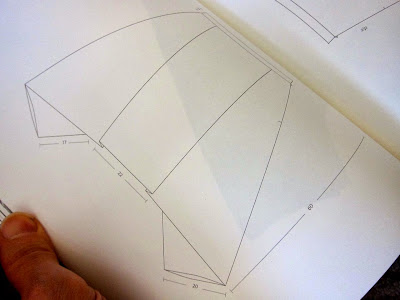
Although the most common trim was a worsted wool hat braid in black or white, there were also brocades, metallic, and silk trims in various colors depending on personal preference. Hat brims themselves could also be left plain or dressed with a variety of trims. The style of the tricorn ranged from the very simple to extravagant hats embellished with feathers and trim. This style then allowed the wearer to show off his latest wig fashion underneath, and thus his social status.Īlso, the tricorn was smaller in size due to the folded brim and was more easily tucked under the arm when entering a building, a gesture that displayed the proper social etiquette of the time.

The tri-corner, however, had three sides of the brim turned up, either pinned or buttoned in place to form a triangle around the wearer’s head-“like a mince pie,” to quote the vernacular of the time. They were thought to spoil the appearance of and look precarious atop a wig, which was the newest fashion trend for men at the time. In 17th-century America, hats with tall crowns and wide brims, like the steeple hats worn by the Puritans, started to go out of style. Although the style originated in Europe, it is now associated with the American Revolutionary War and our nation’s fight for freedom. Perhaps one of the most iconic-and easily recognized-pieces of clothing from the colonial era is the tri-corner hat, or more simply known as the tricorn.


This week’s fashion theme is the Revolutionary War: Fashion during America’s Fight for Freedom Today’s post comes from Marisa Hawley, intern in the National Archives Strategy and Communications office.Īs part of the “six weeks of style” celebration to recognize the Foundation for the National Archives’ partnership with DC Fashion Week, we are showcasing fashion-related records from our holdings.


 0 kommentar(er)
0 kommentar(er)
